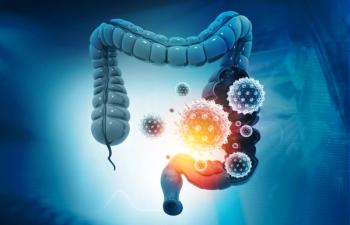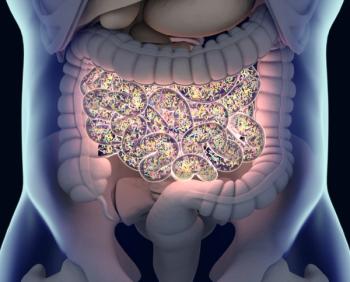
Vitamin D, Calcium Did Not Reduce Risk for Colorectal Adenoma Recurrence
Patients with a prior history of colorectal adenomas saw no reduction in the risk for recurrence with the use of a daily supplement of vitamin D, calcium, or both.
Patients with a prior history of colorectal adenomas saw no reduction in the risk for recurrence with the use of a daily supplement of vitamin D, calcium, or both, according to the results of a study
“Contrary to our hypotheses, neither 1000 IU of vitamin D3 nor 1200 mg of calcium, taken daily alone or in combination, reduced the risk of colorectal adenomas,” wrote researcher John A. Baron, MD, of the University of North Carolina at Chapel Hill, and colleagues.
Based on epidemiologic data suggesting that higher levels of vitamin D and calcium reduced risk for colorectal neoplasia, Baron and colleagues designed this study to explore the use of daily supplementation of vitamin D, calcium, or both for the prevention of colorectal adenomas.
The study included 2,259 patients who had recently been diagnosed with adenomas and had no known polyps remaining after complete colonoscopy. The patients were randomly assigned to daily 1,000 IU vitamin D3, 1,200 mg calcium as carbonate, both, or neither. All patients underwent a follow-up colonoscopy 3 or 5 years from baseline.
About 88% of patients who underwent randomization reported taking 80% of their tablets during the first year of the trial with this number decreasing to about 74% by the final year of treatment. The mean increase in serum 25-hydroxyvitamin D levels was 7.93 ng/mL among those patients assigned to vitamin D.
During the follow-up period, 3,131 lesions that were “potentially neoplastic” were diagnosed in 1,301 of the study participants; 880 participants were ultimately diagnosed with adenomas (43%).
The use of daily supplementation had no significant effect on the risk for recurrence, even among those participants with lower baseline levels of serum 25-hydroxyvitamin D.
The risk ratio for participants assigned vitamin D compared with those who were not was 0.99 (95% confidence interval [CI], 0.89–1.09); the risk among those taking calcium compared with those who were not was 0.95 (95% CI, 0.85–1.06). The risk ratio among participants taking both supplements compared with those taking calcium alone was 1.01 (95% CI, 0.88–1.15) and compared with those taking neither was 0.93 (95% CI, 0.80–1.08).
“We have no ready explanation for the finding with regard to calcium supplementation, but the lack of an observational association between the risk of adenomas and baseline dietary calcium intake in our population supports it,” the researchers wrote. “Our findings with regard to vitamin D are not inconsistent with a modest chemopreventive potential, but they do not support the more marked chemopreventive effect that has sometimes been posited.”
A subgroup analysis did reveal a decreased risk for adenomas among participants assigned to calcium supplementation with lower body mass index; however, the researchers wrote that “because of the number of subgroups examined, this finding may be due to chance.”
Newsletter
Stay up to date on recent advances in the multidisciplinary approach to cancer.



















































































